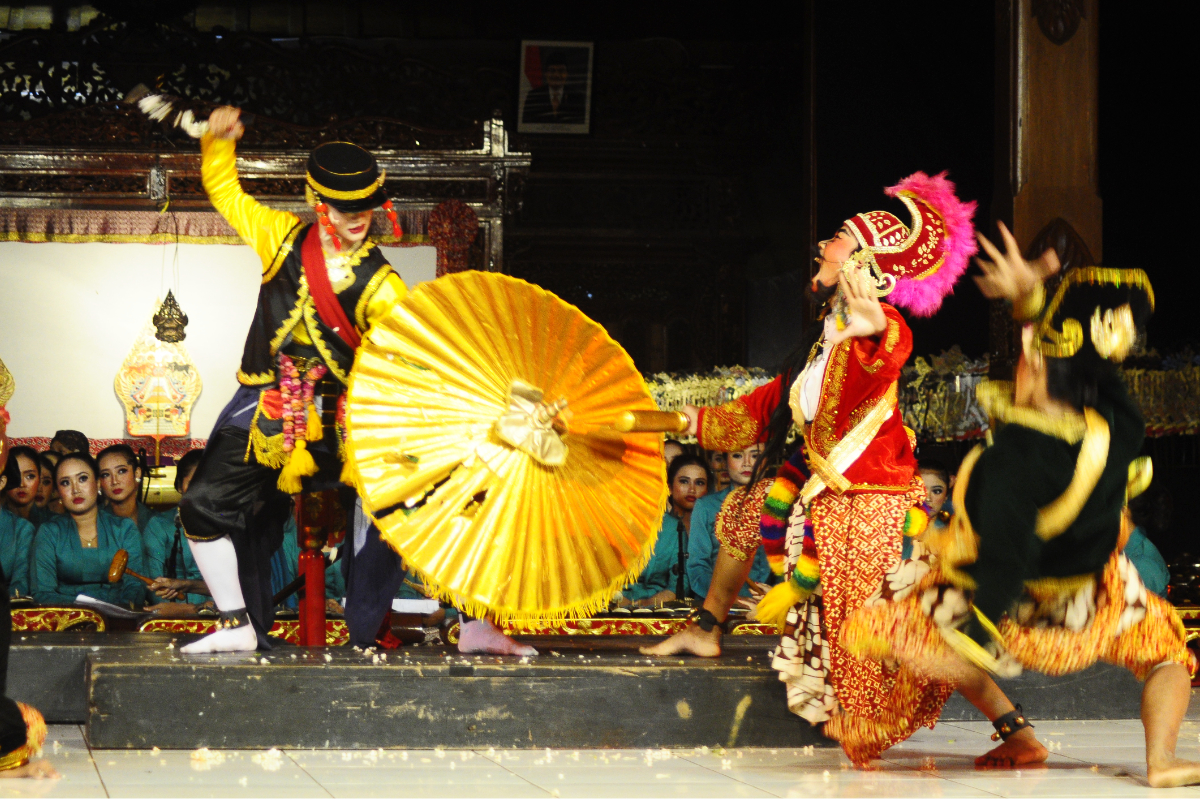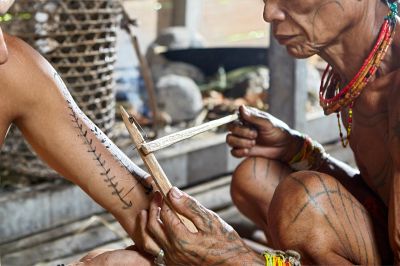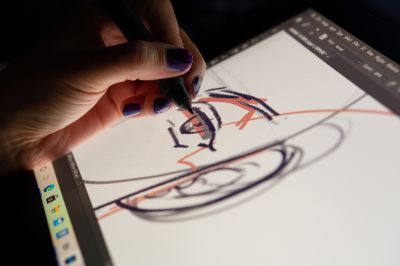
Traditional Theaters in Indonesia Having Their Own Charm

With its strong artistic and cultural heritage, it's no wonder that Indonesia is renowned for its breathtaking performing arts. According to the 2023/2024 Tourism and Creative Economy Outlook, performing arts is expected to be one of the creative subsectors with the fastest growth potential in 2023-2024.
Considering this, it is unsurprising that the performing arts subsector has achieved international recognition. Notably, dance performances are not the only performing arts popular in Indonesia; traditional Indonesian performing arts, especially traditional theater, are also gaining popularity among tourists.
Traditional theater performances in various regions of Indonesia are captivating. Each performance is accompanied by regional music, songs, and dances unique to each region.
If properly developed, traditional theater has the potential to play a crucial role in revitalizing the performing arts sector in various regions, attracting both local and foreign tourists, and stimulating the local economy.
So, what are the traditional theaters that are popular in Indonesia? Here are some of them:
Ludruk
Ludruk is a type of traditional Indonesian theater that is still often performed in regional arts performances. Originating from East Java, ludruk is a performing art that combines drama performances with gamelan music accompaniment.
Uniquely, ludruk performing arts relate to social issues and often convey social criticism to the government. Because it is packaged well and full of humor, the ludruk theater performance becomes exciting and entertaining.
 Photo: theatrical performance art from Central Java and the Special Region of Yogyakarta (Shutterstock/irawan taruno)
Photo: theatrical performance art from Central Java and the Special Region of Yogyakarta (Shutterstock/irawan taruno)
Ketoprak
Ketoprak is a traditional theatrical performance art from Central Java and the Special Region of Yogyakarta. It was once considered a sacred art performed only in the palace environment. However, in 1922, ketoprak started to be appreciated by the broader community.
Although ketoprak is often compared to ludruk, these two traditional theaters have distinct characteristics. In contrast to ludruk, which tells stories about everyday life problems, ketoprak presents performances originating from Javanese legends and still often includes the original meaning of a story. Even more interesting is that the traditional ketoprak performing art uses Javanese dialogue as a form of cultural preservation.
Lenong
Another type of traditional Indonesian theater that remains popular today is lenong. It is performed in the Betawi dialect, so many people call it "lenong Betawi".
Unlike other traditional performing arts, lenong is accompanied by gambang keromong music and Chinese elemental musical instruments such as tehyan, kongahyan, and sukong. Traditional Lenong theater also tells everyday stories that contain moral messages, are packaged nicely, and entertain the audience. Many legendary Indonesian lenong artists, such as H. Bolot, Malih, Mandra, and Okky Lukman, have had successful careers in performing arts.
Mendu
Another type of traditional theater is mendu, or folk art, from Sengkubang Village, Pontianak, West Kalimantan. This performing art usually presents various stories, such as fairy tales and legends, highlighting improvisation without a written scenario. The presence of musical accompaniment, dance, and everyday Malay language enhances the enjoyment of mendu performances.
Dulmuluk
It is a traditional theater from Palembang, South Sumatra. The attraction of dulmuluk is that it is only played by men, including female characters in stories. Another unique aspect of traditional dulmuluk theater performances is a dialogue in rhyme and poem. Before the show, a congratulatory prayer is usually offered with dishes such as nasi gemuk, eggs, grilled chicken, and incense.
Randai
Randai is a traditional theatrical performance art that remains popular. It incorporates martial arts, drama, dance, music, and literature from West Sumatra. Unlike other traditional performance arts, Randai is performed by groups of 14-25 individuals who narrate the story through song while moving slowly. The stories are based on everyday life elements and infuse historical and moral themes.
Cover: The iconic East Javanese ludruk performance art (Shutterstock/hermawanandik)

Related News







